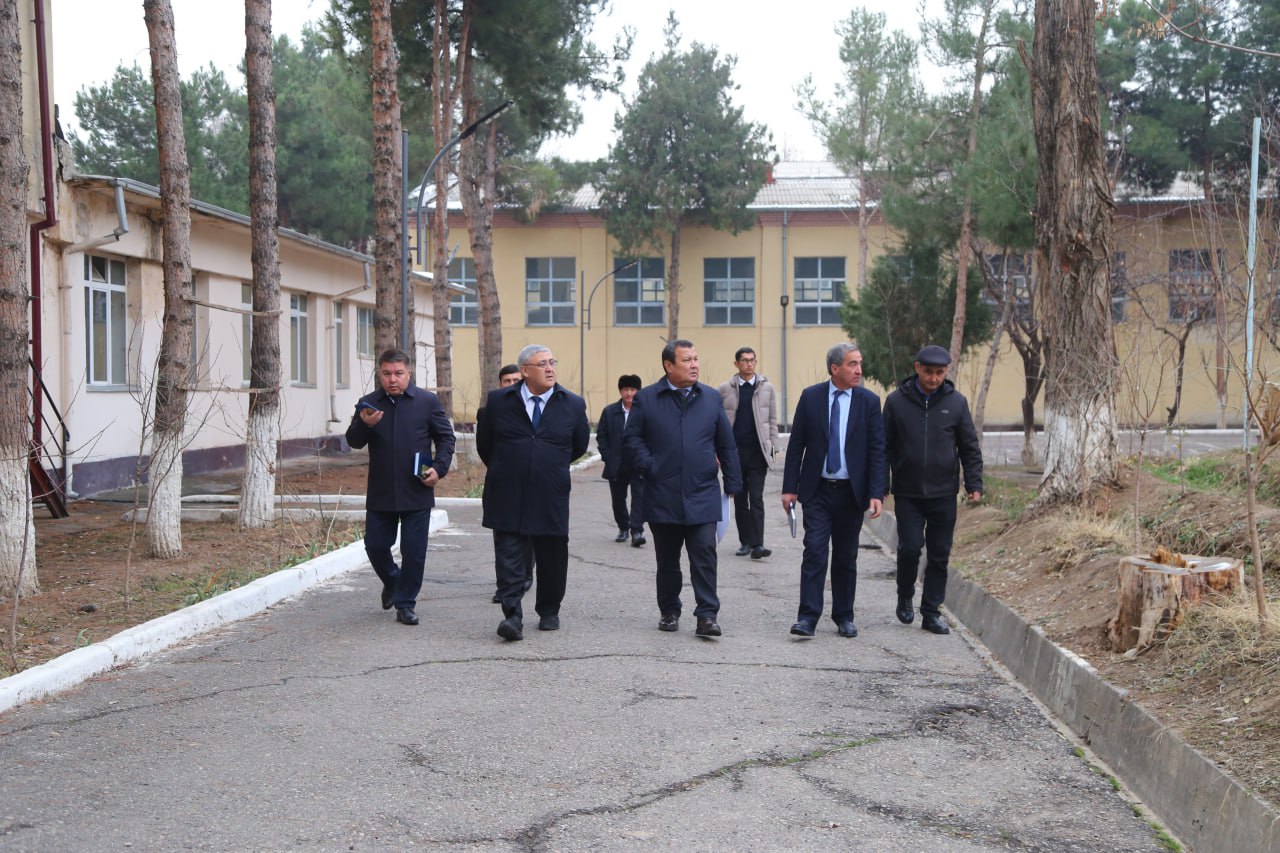Scientific adviser: Gulmurza Abdurakhmanov
Execution date: January 01, 2021 – Decembry 31, 2023
Project number: Uzb-Ind-2021-78
Project type: fundamental (basic)
Expected results and their significance: The main result expected from the project is new physical ideas about orderly movements and structures (self-organization) that occur in systems of atoms and electrons during the preparation process of thermoelectric materials and under the influence of heat (infrared radiation). Preliminary studies of the authors of the project showed that silicate glass doped by transition metal oxides (Fe, Mn, V, Cu, Ru, etc.) can be the basis of such thermoelectric materials. From the analysis of the literature on the subject, it became clear that there are a number of uncertainties and inconsistencies in the modern ideas about the thermoelectric properties of various materials, and this situation is an obstacle to creating new thermoelectric materials or improving the properties of existing ones. As a result of the expansion of ideas about these processes, a scientific basis will be created for the preparation of new thermoelectric materials with sufficiently high efficiency from common, cheap and nontoxic raw materials using simple technology. Such thermoelectric materials need for preparation of cheap and efficient thermoelectric generators, which are used to generate electricity from the waste heat of enterprises. According to preliminary estimates, 40-50 billion kWh of electricity per year (cost 20-25 trillion uzb. soums) can be obtained from waste heat in Uzbekistan.
Important results in the reporting period (at the end of the project): For the past 1.5 years
- High-frequency detector (rectifier) properties of diodes of different structures, which are analogues of thermoelectric cells, were studied. It turned out that at frequencies above 109 Hz (1 GHz) a new detector (rectifier) mechanism appears in the diodes, but there is no information about it in the literature;
- The electric conductivity and thermopower of silicate glass doped by transition metal oxides (Fe, Mn, V, Cu, Ru, etc.) are affected by the distance between the valence band of the glass and the impurity band formed due to doping. When doped silicate glass is heated, structural transitions occur in nanocrystals, existing in the glass, and this distance changes. As a result, the electrical conductivity of the doped silicate glass decreases up to 5-10 times, and the thermopower increases up to 100 times. It was also found that the gap between the impurity band and the valence band of the glass is actually a pseudogap, and the density of electron states in it is sharply reduced due to structural transitions in nanocrystals;
- Effect of mechanical stress on electrical conductivity, mechanical, optical and piezoelectric properties of Na2SiO3 glass was studied in a computer model based on the density functional theory. It turned out that this glass is convenient for use in optoelectronics. On the other hand, due to the simple composition of this glass, it will be the initial model system for studying the properties of doped silicate glass with a more complex composition.
Patent
Publications in WoS and Scopus international database within the framework of the project
- R. Zosiamliana, Lalrinkima, B. Chettri,G. Abdurakhmanov, M. P. Ghimire and D. P. Rai. Electronic, mechanical, optical and piezoelectric properties of glass-like sodium silicate (Na2SiO3) under compressive pressure. RSC Advances 2022, 12, 12453–12462. DOI: 10.1039/d2ra01125e
- G. Abdurakhmanov, A. Esbergenova, and C. Reyimbaeva. Anomalies of Frequency Cutoff of Semiconductor Diodes at Microwave. Technical Physics Letters, 2021, 47, 1, 5–7. DOI: 10.1134/S1063785021010028
- G. Abdurakhmanov, V. I. Shimanski, B. Oksengendler, B. Umirzahov, and A. N. Urokov. Pseudogap, Nanocrystals and Electrical onductivity of Doped Silicate Glass. Technical Physics, 2021, 66 (2), 269–274.DOI: 10.1134/S106378422102002X
- Г. Абдурахманов, А. Есбергенова, С. Рейимбаева. Аномалии частотной отсечки полупроводниковых диодов на сверхвысоких частотах. Письма в ЖТФ, 2021, 47 (1), 9-11. DOI: 10.21883/PJTF.2021.01.50449.18460
- Г. Абдурахманов, В. И. Шиманский, Б. Л. Оксенгендлер, Б.Е. Умирзаков, А. Н. Уроков. Псевдощель, нанокристаллы и электропроводность легированного силикатного стекла. Журнал технической физики, 2021, 91 (2) 281-286. DOI: 10.21883/JTF.2021.02.50363.165-20


